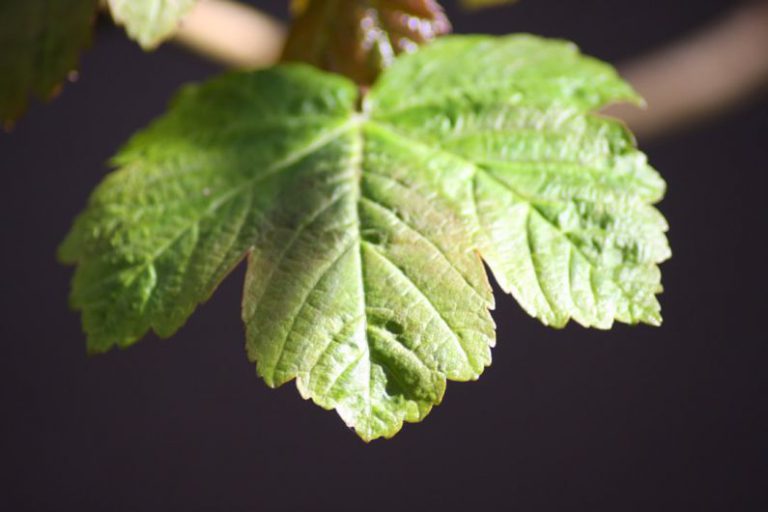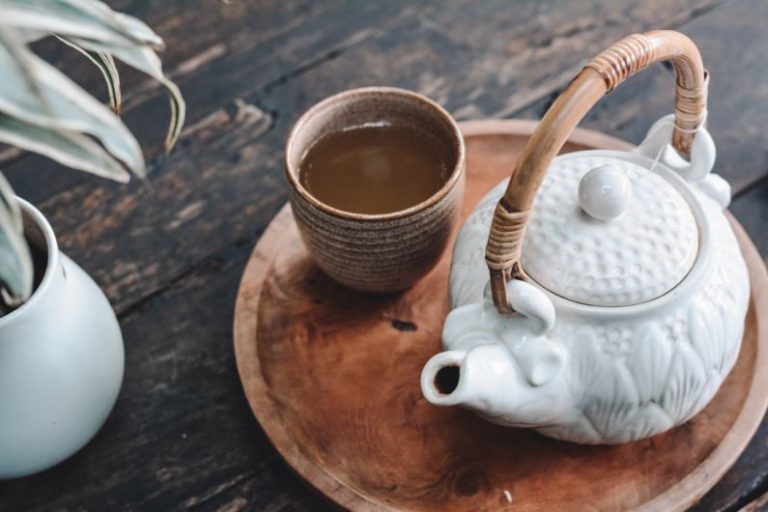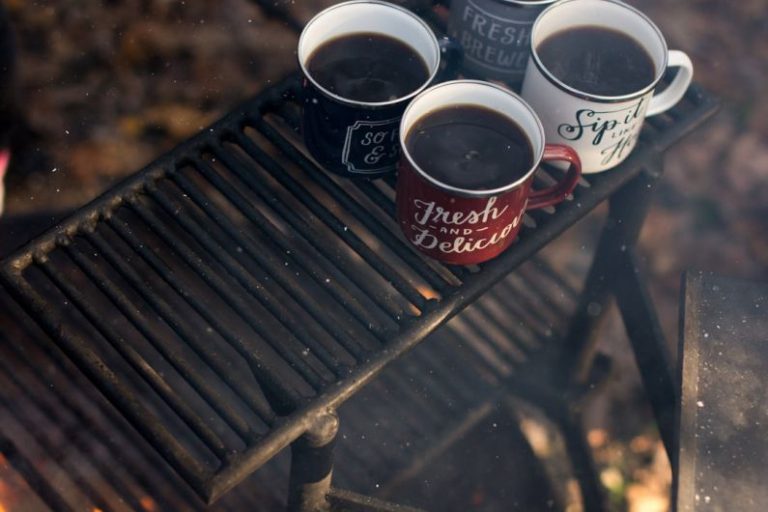Understanding Tea Density and Its Impact on Brewing
Tea is more than just a comforting beverage; it is a delicate art form that requires precision and understanding to truly appreciate its full potential. One crucial aspect of brewing the perfect cup of tea is understanding the concept of tea density and how it impacts the overall brewing process. By delving into the science behind tea density, you can unlock the secrets to achieving the ideal flavor profile and aroma in every cup.
**The Basics of Tea Density**
Tea density refers to the amount of tea leaves that can fit into a specific volume of space. It is influenced by various factors, including the size, shape, and texture of the tea leaves. Generally, denser teas have a higher concentration of flavor compounds, resulting in a more robust and intense brew. On the other hand, less dense teas may have a more delicate and subtle flavor profile.
**Impact on Brewing**
The density of tea leaves plays a significant role in determining the optimal brewing parameters, such as water temperature, steeping time, and tea-to-water ratio. Denser teas require a longer steeping time and higher water temperature to fully extract their flavors, while less dense teas may require a shorter steeping time and lower temperature to avoid over-extraction.
**Choosing the Right Tea Density**
When selecting tea for brewing, it is essential to consider the desired flavor profile and brewing method. Denser teas, such as black teas and oolongs, are well-suited for longer steeping times and higher temperatures, making them ideal for bold and robust brews. In contrast, less dense teas, like green teas and white teas, are better suited for shorter steeping times and lower temperatures to preserve their delicate flavors and aromas.
**Experimenting with Tea Density**
To truly understand the impact of tea density on brewing, consider conducting your own experiments. Try brewing the same type of tea with varying densities and observe how the flavor profile changes with each batch. Take note of the differences in taste, aroma, and mouthfeel to gain a deeper appreciation for the nuances of tea brewing.
**Optimizing Your Brewing Technique**
By mastering the concept of tea density, you can fine-tune your brewing technique to achieve the perfect cup of tea every time. Experiment with different tea-to-water ratios, steeping times, and water temperatures to find the optimal combination that brings out the best in your tea. Remember that the key to brewing exceptional tea lies in understanding and adapting to the unique characteristics of each tea variety.
**Elevating Your Tea Experience**
Understanding tea density is a gateway to enhancing your tea-drinking experience and discovering new dimensions of flavor and aroma in every cup. By paying attention to the density of your tea leaves and adjusting your brewing parameters accordingly, you can unlock a world of possibilities and savor the true essence of tea.
**In Summary**
Tea density is a fundamental concept that influences the brewing process and ultimately shapes the flavor and aroma of your tea. By exploring the nuances of tea density and experimenting with different brewing techniques, you can elevate your tea-drinking experience and develop a deeper appreciation for the art of tea brewing. Next time you prepare a cup of tea, consider the density of the tea leaves and how it impacts the final result – you may be surprised at the difference it makes.






